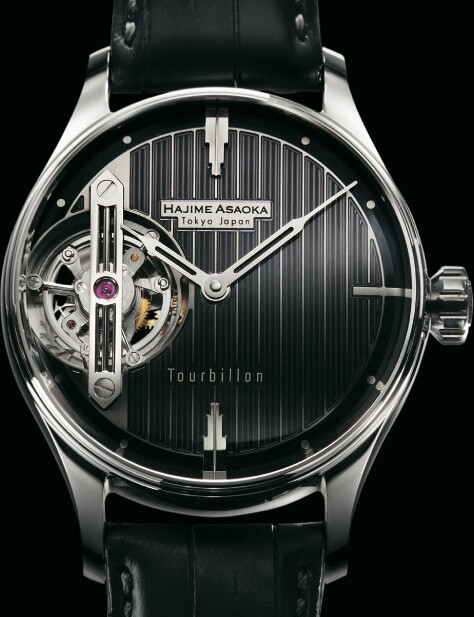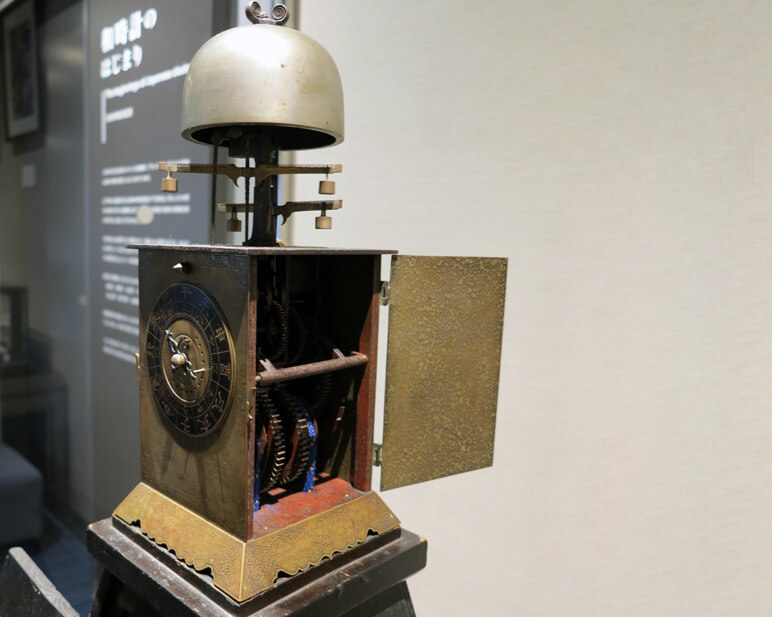Research by Pierre-Yves Donzé shows Swiss watch manufacturing in a revealing new light. Associate Professor and Hakubi Scholar at Kyoto University, he is one of the first historians to study in detail the demise of the Swiss watch sector in the latter third of the twentieth century. Fluent in Japanese, he has also combed the archives of Seiko-Epson to understand how Japan’s biggest watch group masterminded its extraordinary development. He discusses some of the key points of his findings.
Pierre-Yves Donzé: Historians have tended to focus on product innovation and left means of production out of the equation. Yes, quartz movements did bring some serious new competition. The Japanese also had the reputation of being precursors in electronics, which made them an easy scapegoat to blame for the demise of Switzerland’s mechanical watch segment. But this isn’t the full picture. The Swiss watch industry was too fragmented for improvements to be made that would have increased the productivity and quality of mechanical watch manufacturing.
Switzerland had led the world in watch production for a very long time, and brands and their contractors kept a huge catalogue of products that could satisfy all kinds of demand. Such diversification made mass production impossible. From the outset, right from the interwar years, Seiko, which still reigns over Japanese watch production, combined Swiss quality with American production methods which are geared towards large volumes. So when Seiko’s engineers developed quartz technology, they designed the production lines that went with it too. The first quartz watches, many of which had a gold case, weren’t cheap. Certainly no less expensive than a complicated mechanical watch.
Rolex doesn’t disclose figures but it does submit its watches for certification to the Contrôle Officiel Suisse des Chronomètres (COSC) which publishes its reports. Those for the 1970s and 80s show a constant increase in the number of certified movements. We can deduce that Rolex didn’t go through a “quartz crisis” because it had integrated production and limited the number of products. By producing large quantities of highly precise mechanical watches, Rolex was applying the same solutions as Seiko.
Nicolas Hayek started out in the watch industry in the early 1980s as a consultant to the Swiss banks which were owed money by the main watch manufacturers. He restructured the industrial base then went on to take control of manufacturing when he set up what would become the Swatch Group. By rationalising and globalising the production of watch parts, he put Swiss watchmaking back on a solid footing and made it newly profitable.
In Switzerland, historical research tends to focus on subjects that are more remote in time. This is changing, although I am still one of the few academics to study more contemporary periods. My fellowship at Kyoto University comes under the School of Economics. I’ve received lots of requests from students and colleagues who are interested in the history of Swiss watchmaking, and the Swatch Group in particular. Seiko has also asked me to lecture on the subject. The academic world doesn’t always give enough publicity to what it’s doing. I enjoy meeting people and exchanging ideas, which is why I travel so much and like to talk with fellow academics and society at large about my work. That’s the way I am, and probably why my research is perhaps better known to the general public.
Histoire du Swatch Group, Pierre-Yves Donzé, published by Ed. Alphil, 2012, ISBN 978-2-940235-99-5
History of the Swiss Watch Industry from Jacques David to Nicolas Hayek, Pierre-Yves Donzé, published by Ed. Alphil, 2011, ISBN 978-2-940235-51-3











